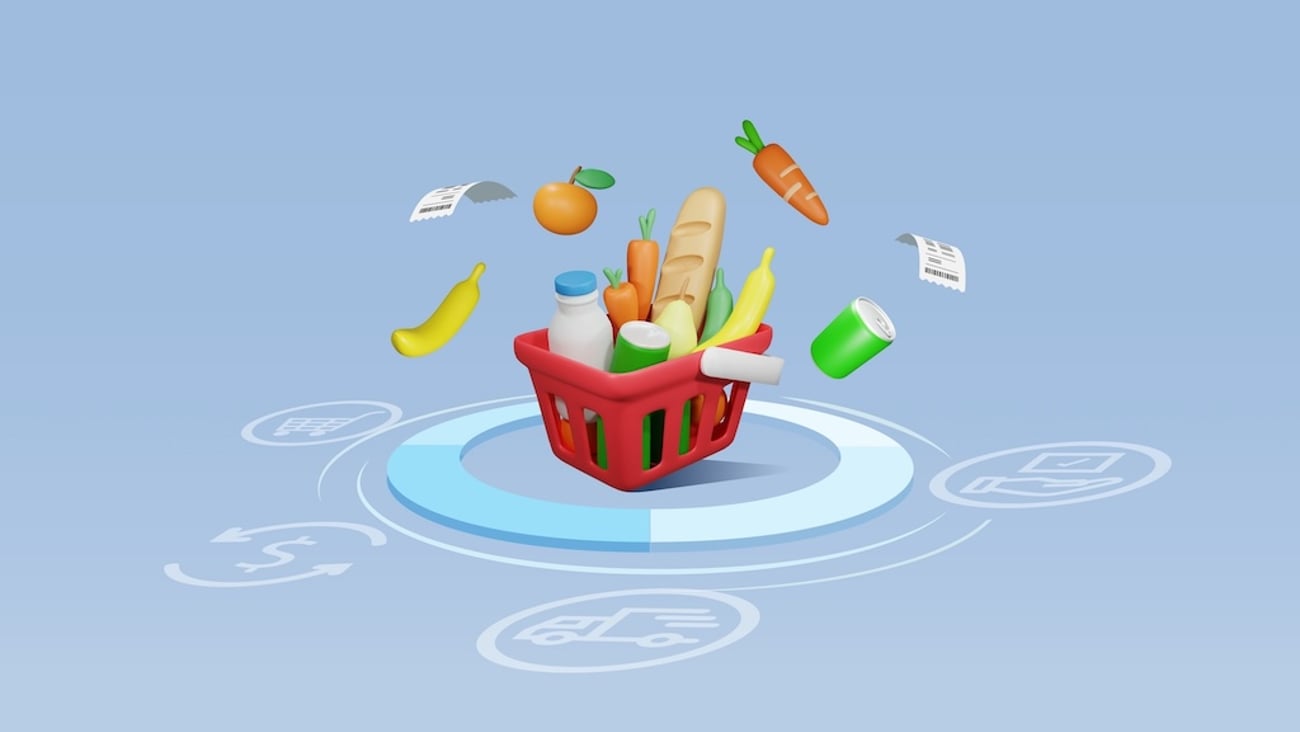How to win online grocery shoppers in Canada
Kantar’s Canadian Shopperscape study offers an in-depth look at the rise of online grocery shopping in Canada, uncovering significant shifts in shopper attitudes and behaviours. Four key trends emerge as retailers and brands navigate a digital-first landscape: convenience, digital engagement, hybrid shopping models and a renewed focus on value. Regional differences add further complexity to these themes, revealing how various provinces and demographics approach grocery shopping in Canada.
Convenience is non-negotiable
Convenience has become a core expectation for Canadian shoppers, with Kantar’s Canadian ShopperScape study revealing 52% of Canadians favour online grocery for the flexibility of shopping anytime. Additionally, 48% of shoppers highlight time-savings as a primary benefit, underscoring the shift toward online channels to simplify routines and meet the demands of a busy lifestyle. Shoppers in major urban areas, such as Ontario and British Columbia, lead this charge, as these regions have broader access to online grocery options.
The convenience of e-grocery resonates especially with millennials and gen Z, who seek a streamlined experience. Notably, 53% of millennials say shopping online saves them time. One of the unique appeals of online shopping is the ability for shoppers to gradually build a basket over multiple days, aligning with modern preferences for flexibility. For some, this ability to add items as needed fits into daily routines more seamlessly than a traditional one-time shopping trip. Furthermore, 34% of Canadians cite transportation or mobility issues as a significant reason to shop online, indicating that convenience can mean overcoming logistical barriers. This is particularly true in the Atlantic provinces, where access to large grocery stores may require extended travel. For retailers, these insights highlight the need for intuitive and efficient digital platforms.
Digital tools offer more than just transactions
Canadian shoppers are leveraging digital tools to make grocery shopping more strategic, implying the experience is about more than simply completing a transaction. Younger millennials, particularly, rely on loyalty apps and digital platforms to manage their spending and use digital tools to avoid impulse buys and make smarter purchases.
READ: More than bells and whistles: NIQ’s Hanif Mohamed on tech adoption
Beyond transactional needs, shoppers increasingly look for inspiration online, with many valuing personalized suggestions, recipes and meal-planning ideas. By enhancing online tools with content that supports shopper aspirations, brands and retailers can enrich the experience and foster loyalty.
Omnichannel shopping covers the best of both worlds
Despite the popularity of online shopping, physical stores remain essential across Canada, especially among gen X, boomers and shoppers in Quebec, who place high value on in-store service and immediate product access. The study shows Canadians prefer a hybrid approach, blending the convenience of digital shopping with the benefits of physical stores. Millennials and gen-Z shoppers are driving the demand for buy-online-pickup-in-store and locker pickup options. For many younger shoppers, this hybrid model balances time-saving convenience with the personalized in-store experience they still value.
Value remains the bottom line
While convenience drives online grocery adoption, value is a critical factor. According to the ShopperScape study, 39% of Canadians actively search for online deals, but high online prices and delivery fees remain pain points that can drive shoppers back to the physical store. For many Canadians, high online prices and slower shopping times compared to in-store experiences are among the biggest frustrations with e-grocery. Younger millennials find delivery or pickup fees are often too high, which inhibits their full adoption of online grocery shopping.
Adapt or fall behind
As grocery retail evolves, emphasizing digital integration, competitive pricing and flexible fulfilment will be crucial for driving market share and fostering deeper loyalty.
This article was first published in Canadian Grocer’s November 2024 issue.






